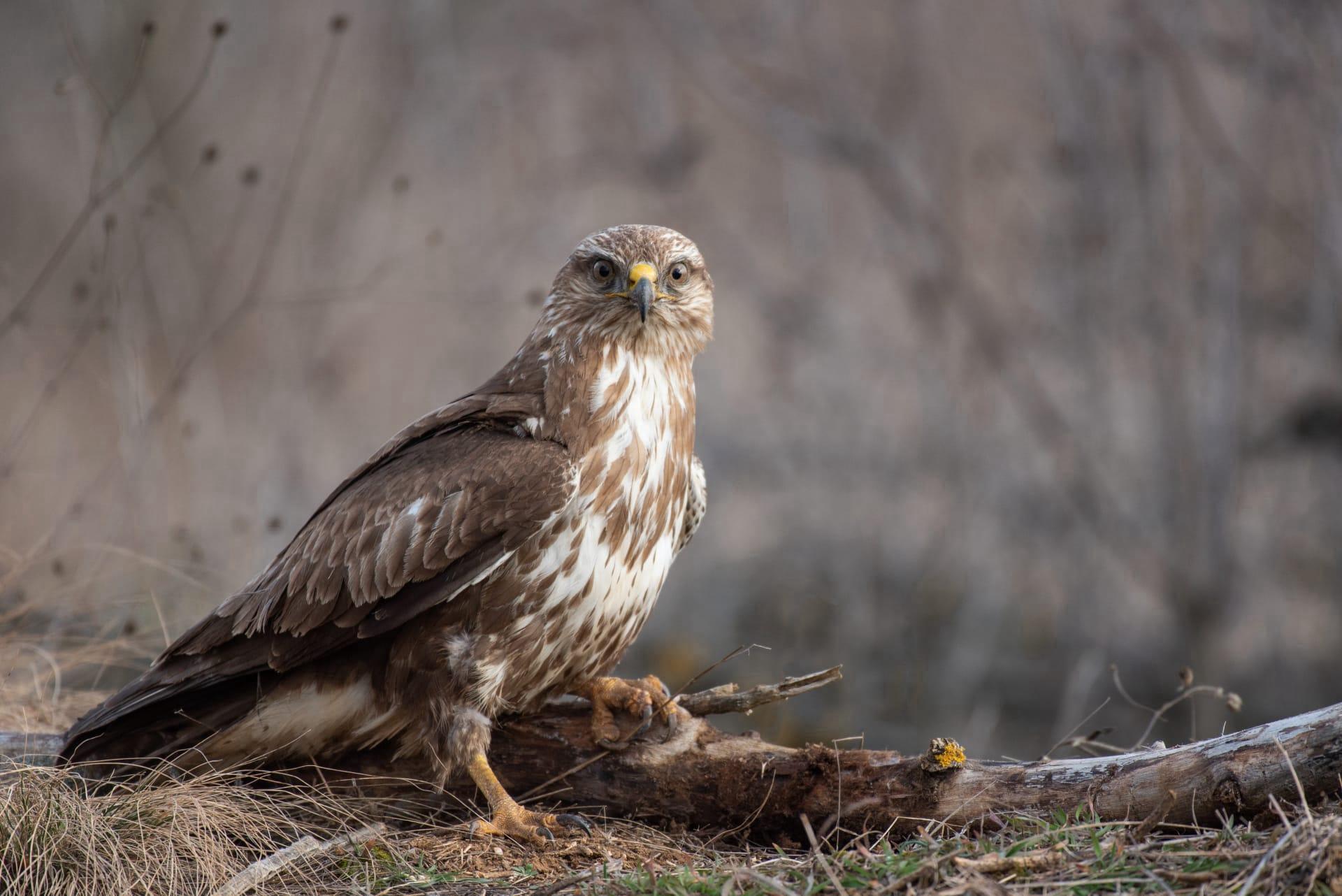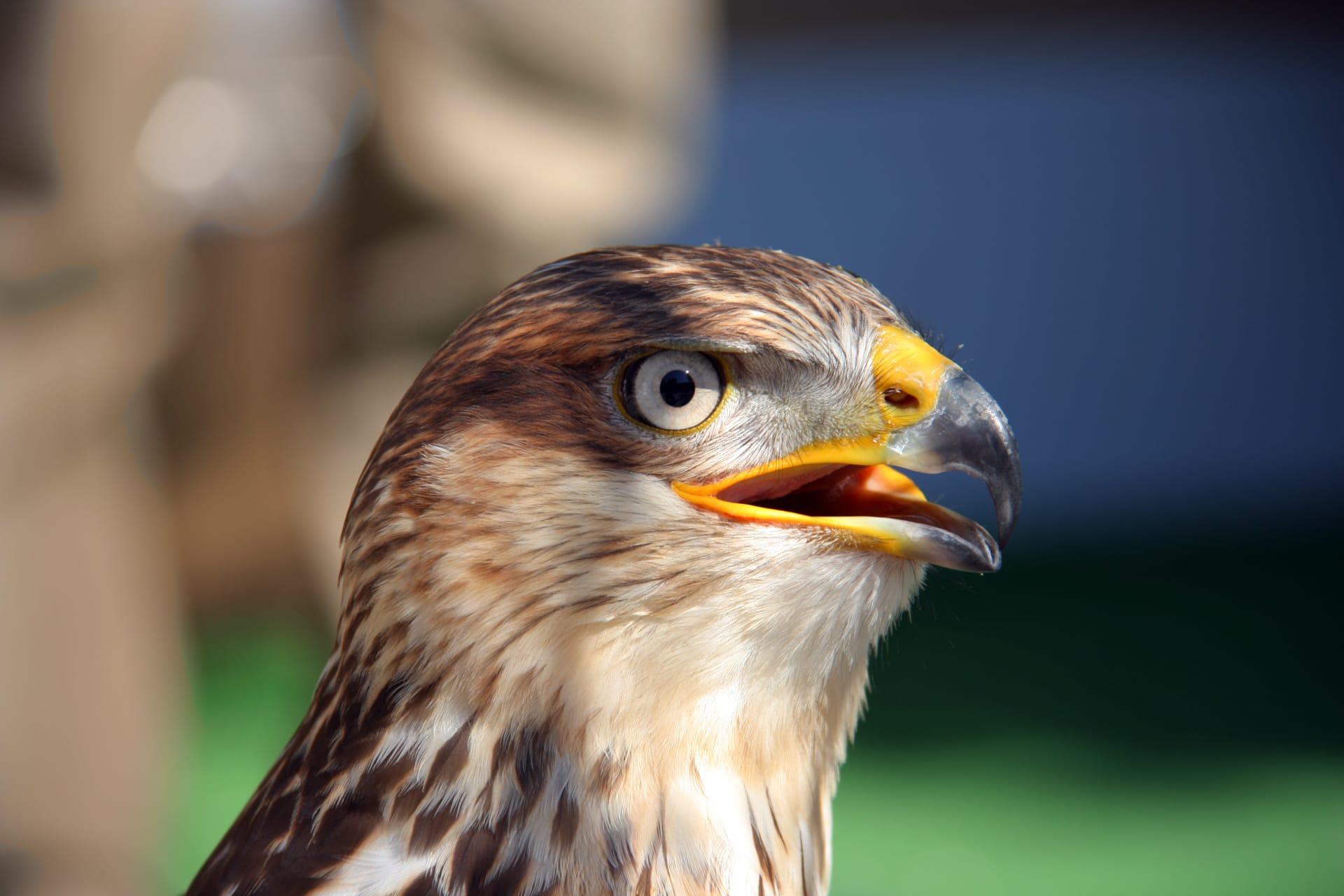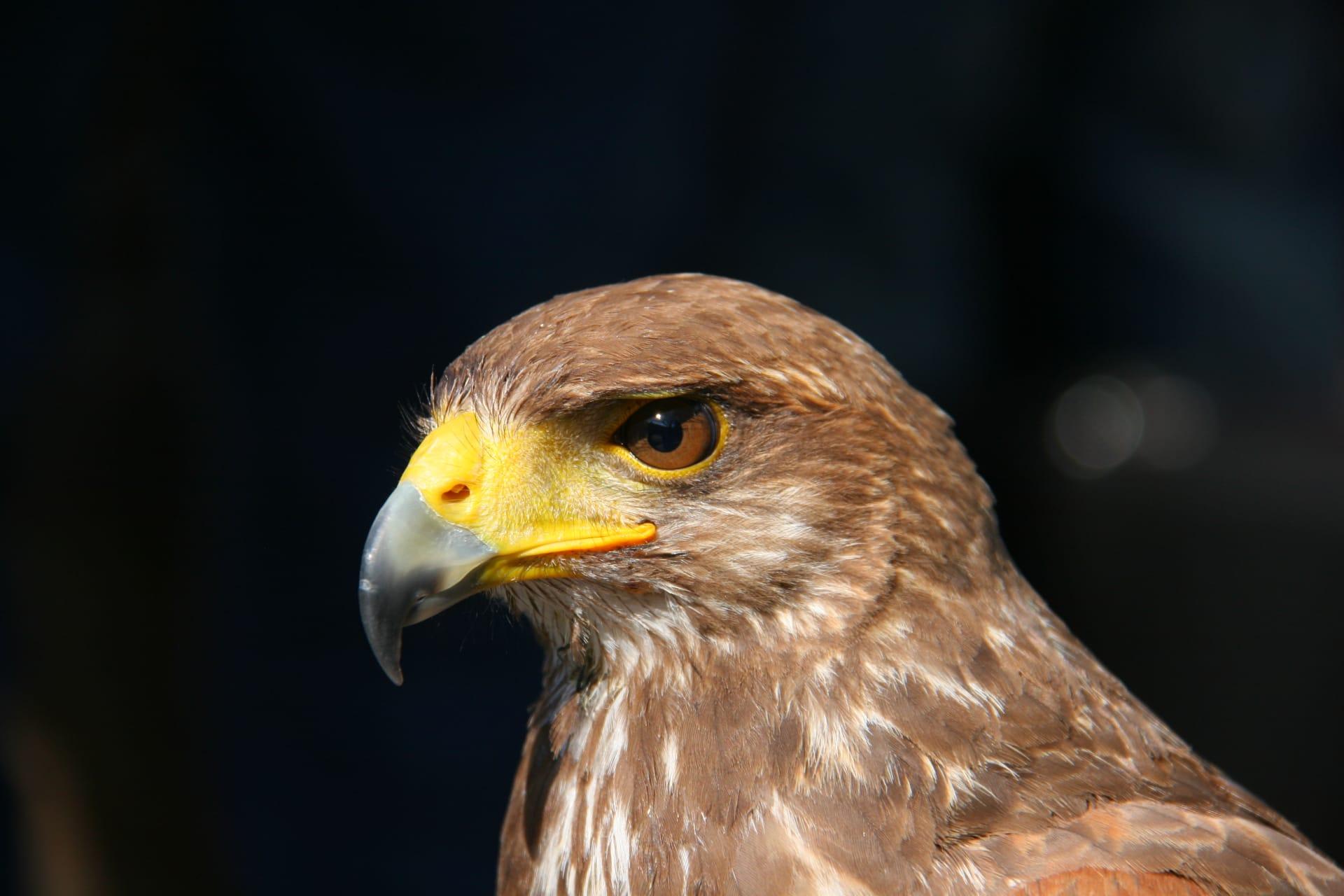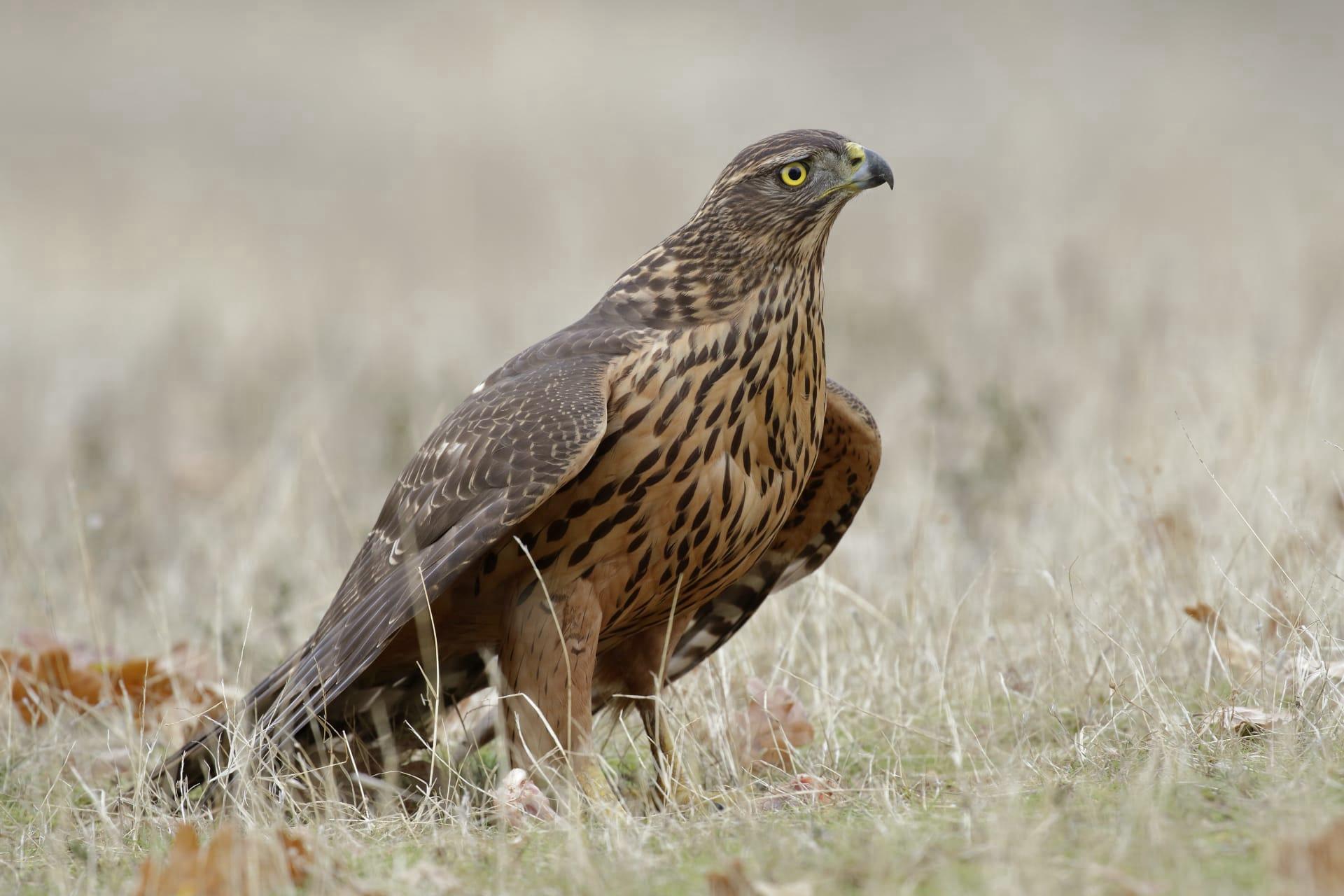Falcon Characteristics
- Home /
- Mini Encyclopedia /
- Animal /
- Falcon Characteristics
1
Falcons, a fascinating group of birds of prey, are known for their remarkable physical characteristics. A typical falcon has a body size ranging from 9 to 24 inches in length, with a wingspan varying from 20 inches in some smaller species to over 4 feet in larger ones. The size greatly depends on the species, with the largest being the Gyrfalcon. In terms of lifespan, falcons can live quite long, with an average lifespan ranging from 12 to 20 years in the wild. However, in captivity, they can live even longer, up to around 25 years, thanks to better nutrition and absence of predators.
One of the most distinctive organs in a falcon is its beak. Unlike other birds, falcons have a 'tooth' on the side of their beak. This tooth-like projection, known as a tomial tooth, isn't an actual tooth but a notch in the beak that fits perfectly with a notch in the lower beak. This unique feature allows falcons to kill their prey quickly and efficiently. The beak is also hooked, a shape that is ideal for tearing flesh. This adaptation is crucial for falcons, as they are predominantly carnivorous, hunting other birds and small mammals.

2
Question: What makes falcons such efficient hunters in the sky?
Answer: Falcons are renowned for their incredible hunting skills, primarily due to their exceptional vision and high-speed flight. Falcons possess keen eyesight, allowing them to spot prey from great distances. This is complemented by their ability to dive at speeds over 200 miles per hour, making them one of the fastest creatures on the planet. This astonishing speed is achieved in a hunting stoop, where the falcon tucks in its wings and dives steeply. Such speed and vision, combined with their sharp talons and strong beaks, make them formidable hunters.

3
Falcons are agile and fast flyers, often reaching impressive speeds during flight. Their long, narrow wings allow for swift, high-speed flying and sudden changes in direction. This agility is particularly evident during hunting, where they perform complex aerial maneuvers to chase and catch prey. The Peregrine Falcon, for instance, is famous for its high-speed diving stoop, where it can reach speeds of over 240 miles per hour, making it the fastest bird in the world.
In terms of hunting and feeding habits, falcons primarily prey on other birds and small mammals. Their hunting strategy typically involves a high-speed chase or a surprise stoop from above. Falcons use their sharp talons to catch and kill prey, and their strong beaks to tear apart flesh. They have excellent vision, which helps them spot prey from great distances. Falcons are also known to be opportunistic feeders, adjusting their diet based on the availability of prey in their environment.

4
Falcons inhabit a wide range of environments across the globe, from Arctic tundras to tropical rainforests. This adaptability to diverse habitats is one of the reasons for their widespread distribution. They are commonly found in mountain ranges, coastal cliffs, and sometimes in urban areas. Falcons prefer open spaces for hunting, and their nests are often located in high places like cliffs, tall trees, or skyscrapers in urban settings, providing them a broad view of their surroundings and potential prey.
Regarding reproduction, falcons typically mate for life and return to the same nesting site annually. The breeding season varies depending on the species and location, but generally occurs in spring. Female falcons lay between 2 to 5 eggs, and both parents share the responsibilities of incubating the eggs and feeding the chicks. The young falcons, known as eyasses, fledge after about six to eight weeks. Parent falcons teach their young hunting skills, which are critical for their survival in the wild.

5
Book: "The Peregrine Falcon" by Derek Ratcliffe, published in the United Kingdom in the 1980s. This book is a comprehensive study of the Peregrine Falcon, covering aspects of its biology, ecology, and conservation. Ratcliffe, an eminent ornithologist, provides detailed insights into the bird's hunting behavior, migration patterns, and the challenges it faces in the wild. His work is particularly noted for its role in raising awareness about the impact of pesticides on peregrine populations.
Book: "Falcons of North America" by Kate Davis, published in the United States in the 2000s. Davis's book is a detailed guide to the various species of falcons found in North America. It includes vivid photographs and information on the identification, behavior, and habitats of these birds. The book is not only informative but also engaging, making it a great resource for both bird enthusiasts and professional ornithologists.